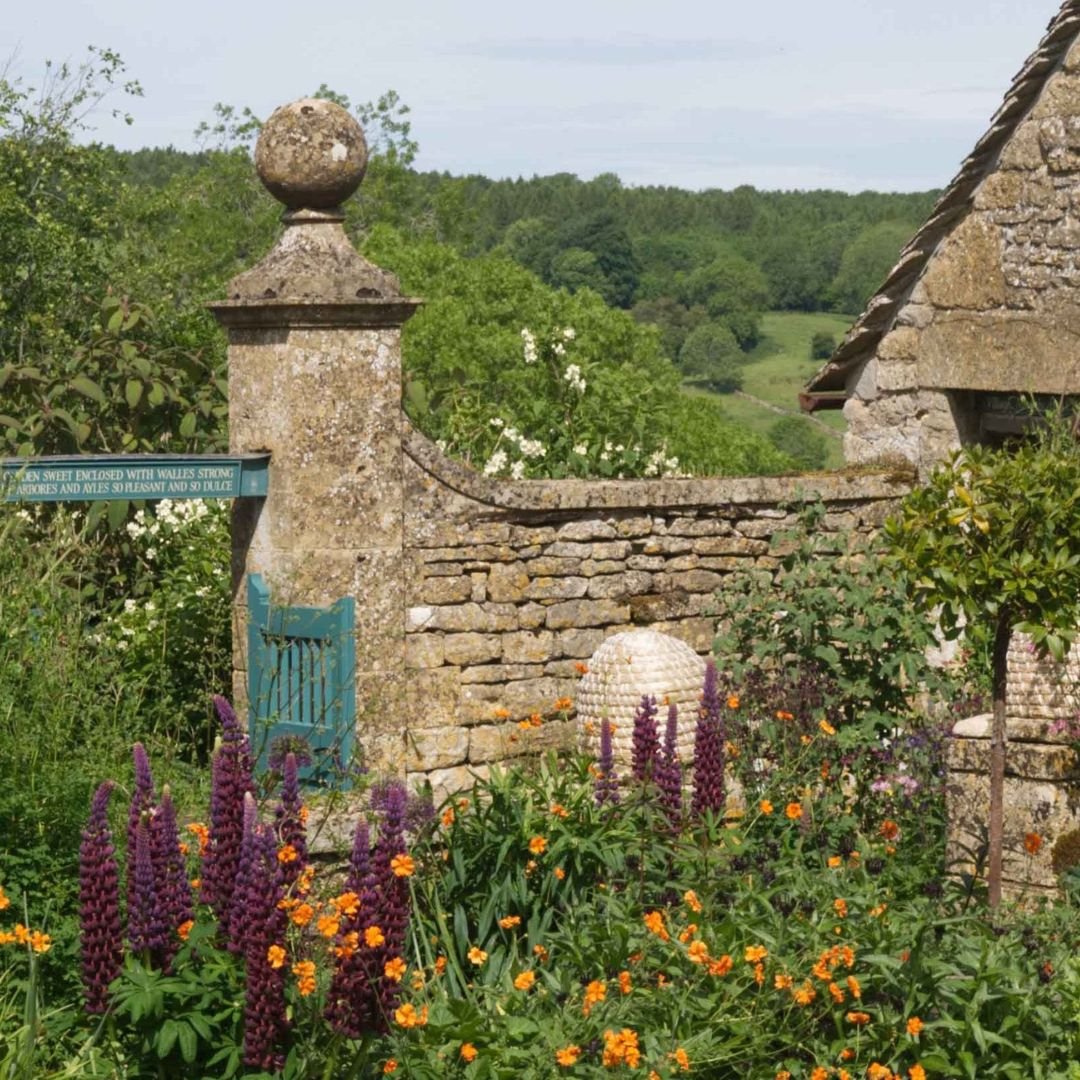Exploring The Medieval Box Bed At Snowshill Manor
This historic box bed was given to the National Trust with Snowshill Manor in 1951, by Charles Paget Wade.
Medieval box beds were built into furniture and were very popular 600 years ago.
These sturdy, snug and slightly claustrophobic sleeping quarters offer a fascinating glimpse into the domestic life of medieval Europe.
Box beds originated from a need for practicality and warmth in a world where castles and stone buildings were often drafty and poorly insulated.
In a time when central heating and comfortable mattresses were non-existent, these beds offered a practical solution to staying warm during harsh winters.
The enclosed design trapped the sleeper's body heat, creating a cocoon of comfort.
The defining feature of box beds is their enclosed design.
These beds were typically built into wooden cabinets with hinged doors that could be closed for added warmth, privacy, and protection from insects or rodents.
The cosy enclosure created a sense of security for the sleeper.
To further insulate against the cold, box beds often had woollen curtains that could be drawn at night.
This not only added to the warmth, but also offered a touch of luxury and privacy.
Medieval homes were often compact, and box beds were an ingenious solution for saving space.
Intricate carvings, ornate designs, and detailed woodwork adorned the exteriors of many box beds, reflecting the artistic sensibilities of the time.
As centuries went on, box-beds fell out of fashion and because they were expensive to make, they were gradually abandoned in the 19th and 20th centuries.
Fine pieces were put in museums across England, while most of them were converted into bookshelves, dressers or TV cabinets.
Did people in Medieval England sleep sitting pp?
It was almost impossible to sleep flat in a box bed, so instead, it’s said that people use to sleep upright.
It was the tradition of the Middle Ages not to sleep lying down, because that is the position of the dead, however, there were many other factors to why people sleep upright too.
For many in medieval England, the choice to sleep upright was not a matter of preference but of necessity.
Homes were often crowded and lacking in space, especially in urban areas where living quarters were cramped.
In such conditions, finding room for a traditional horizontal bed was a luxury few could afford.
Additionally, the medieval understanding of health and wellness played a role.
Some believed that sleeping in an upright position could aid digestion, prevent illnesses, and even reduce the risk of bed bugs and other pests.
While these notions may seem quaint by modern standards, they were taken seriously in a time when medical knowledge was far less advanced.
Over time, as living conditions improved and societal norms shifted, the practice of sleeping upright gradually fell out of favour.
With the rise of the Renaissance and the Enlightenment, new ideas about health, hygiene, and comfort began to emerge.
Horizontal sleeping became increasingly common, and innovations in furniture design made it more accessible to people across different social strata.
The box-bed pictured at this top of this article remains in Snowshill Manor - a 16th century picturesque manor house.
The manor is primarily known for its association with Charles Paget Wade, an eccentric collector and architect.
Charles Paget Wade purchased Snowshill Manor in 1919 and spent the next few decades transforming it into a treasure trove of antiques, artworks, and curiosities from around the world.
He filled the manor with an eclectic collection of over 22,000 items, ranging from Samurai armour and musical instruments to model villages and bicycles.
Each room in the manor is themed and showcases different aspects of Wade's interests.
Word of his collection soon spread among writers and artists, and he welcomed several famous figures to Snowshill in the early 20th century.
They included J B Priestley, Virginia Woolf, Graham Greene and even Queen Mary.
Charles created his own coat of arms, which bore the motto ‘Let nothing perish’, which was an overt statement on his passion for collecting and craftsmanship.
The gardens surrounding Snowshill Manor are equally stunning, featuring terraced lawns, colourful flower beds, and beautiful views of the surrounding countryside.
Several years before he died, Charles offered Snowshill to the National Trust as a way of safeguarding the future of the manor and garden.
The offer was accepted and Snowshill has been in the care of the National Trust since 1952.
Today, Snowshill Manor is still owned by Trust and is open to the public.
Visitors can tour the manor house and gardens, marvelling at Wade's fascinating collection and enjoying the historic beauty of the property.
Snowshill Manor remains a popular tourist destination, attracting visitors from around the world who come to admire its unique charm and heritage.
Someone who recently visited the manor said: “What a fabulous place! My husband says it’s the best NT property ever!
”Quirky, a place filled with the collection of clearly an eccentric with a vision and who totally respected craftsmanship . Wonderful exhibits and as for the volunteers - amazing and Thank you!
”They were friendly and approachable, very well informed but were passionate about the Wade collection and history.”
Tickets can be purchased in advance via the National Trust website - entry is free for members.
If you enjoyed this blog post, please follow Exploring GB on Facebook for daily travel content and inspiration.
Don’t forget to check out our latest blog post below!
Thank you for visiting Exploring GB.






















